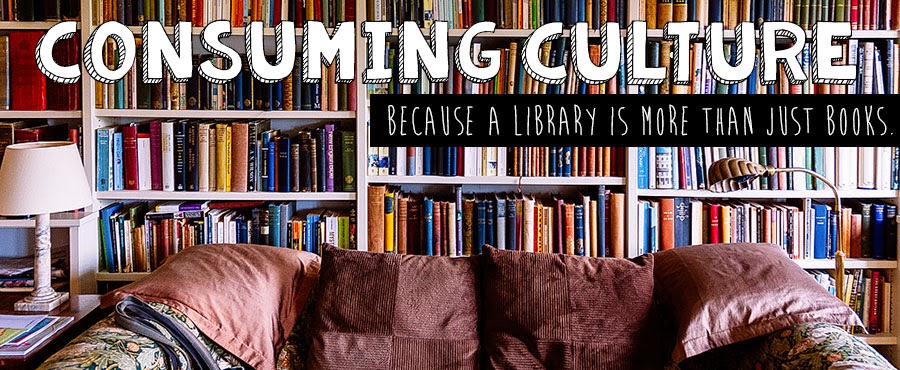Anyway, my most recent non-middle-grade book was Caitlin Moran's How to Build a Girl. And it was just the breath of funny, slightly crude, witty air to snap me out of middle school and back into the slightly vulgar adult world. [This is the hardest part of being an educator—censoring my language, stories, and references for a preteen audience. I'm not a very explicit person to begin with, but this is much harder than you'd think!]
This is the story of Johanna Morrigan in 1990, living in Wolverhampton, England (a boring industrial town, the opposite of cosmopolitan), and constantly embarrassing herself. Johanna has a sharp, mature sense of humor, but no one seems to appreciate it. She just doesn't seem to fit in in her world, so she decides to reinvent herself as Dolly Wilde—embodiment of the hip counterculture movement, appreciated by peers, expert on underground music, and sex connoisseur. What follows are the ups and downs as Johanna navigates her youth with a vision of who she wants to be and a reality that doesn't always live up to it. It's the story of the constant reassessing and reinvention that you hope will eventually get you there.
My advanced reader's copy opened with a letter from Moran:
"As with all books ever, I've written it not so much hoping you like it...No—I hope you remember it, all over again. Being a teenager—those years where you veer wildly between believing you are a terrible nuclear accident, and thinking you might actually be here to save the world. How you don't know how to kiss, how you try to walk in a cool way. How you talk to yourself in the mirror—hoping your reflection is somehow wiser than you are. And it never is. How you build yourself—for the first time, but not the last."
One thing I am constantly reminded of/put in my place about in working with adolescents is that even if you're an adult that still feels like a kid, you are not still a kid. Just by virtue of having "been through it" already, our emotions and rationale and decision-making skills are so far ahead of actual adolescents. Every day I see the way middle schoolers process information and handle situations and how they deal with conflict and solve problems. And it is so much harder for them, because they don't have the experience doing it—-that's experience we've built by trial and error over a decade or more, and though you may not always learn from your mistakes, you're always learning from the situations. If you're almost 30 and you don't feel like an adult yet, hang out with some 14-year-olds, and you'll feel like one real quick.
And that's what this book does. As a teenager, I was pretty much completely opposite the main character of this book, but the little ways in which Johanna tried to find her way were so relatable. She does things out of character just to do them—it's a self diagnostic to see what, if anything, is revealed. I found this a really enjoyable character to follow and a very funny, entertaining read.
This post is a stop on How to Build a Girl's TLC Book Tour! [And regretfully, perhaps my last post until a major school holiday!] Visit the tour page to read more about the book and its author. This book's tour is almost over, so be sure to also catch up on what other bloggers are saying about it!



